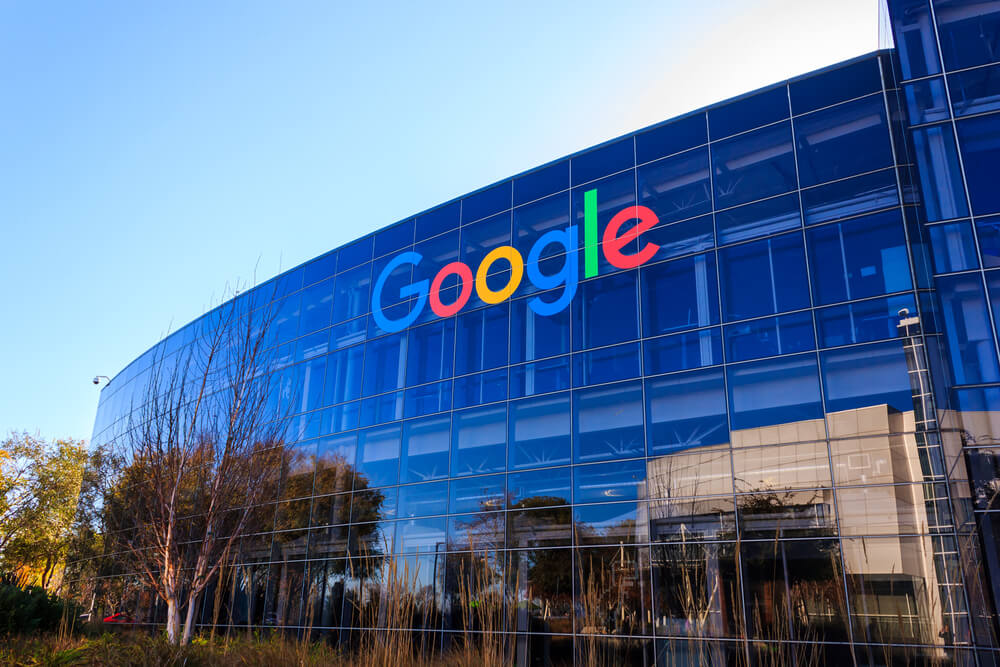
The pandemic accelerated the way people utilize live-work technologies, and Google recently launched a last mile logistics solution to capitalize on a spike in e-commerce deliveries.
Remote workforces emerged as a critical means for wide-reaching companies to survive the economic disruption. Analysts indicate that more than 55 percent of people surveyed said they worked more hours remotely than at the office in 2021. This culture shift, prompted by the pandemic, also influenced a pronounced transition to e-commerce platforms and last mile delivery growth. Technology leaders at Google were not going to sit on their hands as the world changed. Instead, the tech giant developed a system to streamline deliveries.
“The pandemic further accelerated both e-commerce and the number of deliveries, which were already growing rapidly. The increased strain on delivery networks, plus many other factors like driver shortages, poor address data, factory closures, and an increase in fuel prices have impacted delivery time and success,” Hans Thalbauer, managing director of Global Supply Chain & Logistics Industries at Google Cloud, reportedly said. “With Google Maps Platform’s Last Mile Fleet Solution and Cloud Fleet Routing API, we’re making it easier for delivery fleet operators to address these issues and create seamless experiences for consumers, drivers, and fleet managers.”
A recent Consumer Trends Report indicates that 41 percent of U.S. consumers anticipate last mile delivery within 2-3 days, with 27 percent expecting same-day or next-day delivery. And more than 90 percent of consumers view seven days as the maximum reasonable wait time when purchasing products online. Those increasingly heightened preferences place inordinate pressure on Amazon and its competitors to expedite online purchases. The days of handing a driver a clipboard with names and addresses have long gone the way of the Dodo.
The million-dollar question revolves around how Google’s last mile system can help Amazon, as well as upstarts, achieve the 2- to 3-day gold standard. A recent Google release made these claims.
- Address capture to help obtain an accurate address and location for each pickup or delivery.
- Route optimization to help ensure drivers are provided with routes that optimize around the fleet’s constraints — including delivery time windows — and adapt based on real-time traffic.
- Driver routing and navigation to deliver a seamless driver experience and improve route compliance with in-app navigation powered by Google Maps.
- Shipment tracking to keep consumers updated with live, day-of shipment tracking, including up-to-date location and arrival times of customer packages.
- Fleet performance to enable visibility into real-time route progress and shipment insights for operations teams.
Last mile fleets that adopt the Google system will enjoy the ability to tailor maps and routes to fit unique needs. That’s largely because the system may not necessarily account for impediments such as low overhangs, one-lane bridges, and narrow roads, among other localized issues. Fleet operators can preview the Last Mile Fleet Solution as the Cloud Fleet Routing API comes online for general use.
Sources: prnewswire.com, ccjdigital.com, techcrunch.com, ttnews.com











Leave a Comment